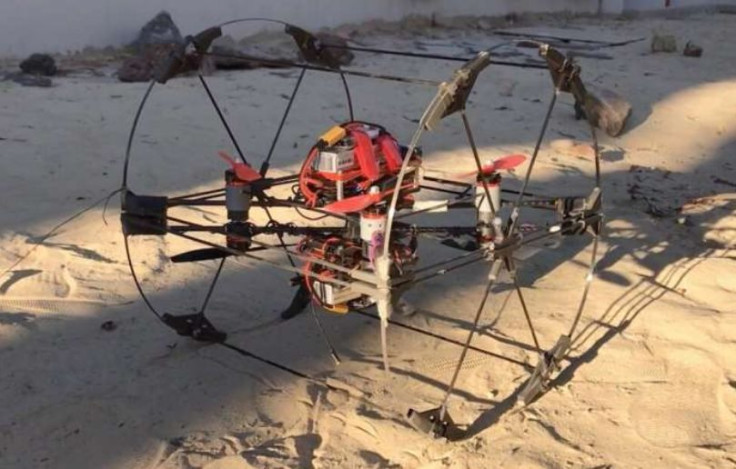NASA Building Transformer AI Robot To Explore Saturn’s Moon, Titan

The closest machine ever invented that comes close to the fantastic abilities of the sentient robots in the movie franchise, "The Transformers," is being built by NASA to explore Saturn's intriguing moon, Titan, that might harbor microscopic life.
Titan, the only other world in our solar system known to have liquid in the form of methane on its lakes, rivers and seas.
A 3D-printed prototype of this revolutionary "cobot" called "Shapeshifter," appropriately enough, is being tested at NASA's Jet Propulsion Laboratory in Pasadena, California.
Shapeshifter is currently a semi-autonomous robot still reliant on human commands. Future designs for this AI machine will see its "cobots" or cooperating robots auto-assemble into different robots without needing commands from the Earth.
When built, final form of Shapeshifter that will travel to Titan and other planets or moons will be a flying amphibious robot that will explore the treacherous terrains of these distant worlds.
Shapeshifter looks like a drone encased in a barrel-type frame. It can roll across a solid surface and then splits in half. Each of the two halves ascend on small propellers, becoming flying drones for aerial exploration. These cobots can transform into a swimming drone or a drone capable of exploring caves. NASA plans to have up to 12 cobots on each Shapeshifter.
Shapeshifter is part of an early-stage research program called NASA Innovative Advanced Concepts (NIAC).
"We have very limited information about the composition of the surface. Rocky terrain, methane lakes, cryovolcanoes -- we potentially have all of these, but we don't know for certain," Ali Agha, JPL principle investigator, said.
"So we thought about how to create a system that is versatile and capable of traversing different types of terrain but also compact enough to launch on a rocket."
Agha and his Shapeshifter co-investigators, who include researchers from Stanford and Cornell universities, came up with the concept of a self-assembling robot made of smaller cobots.
The cobots, each housing a small propeller, will be able to move independently of one another to fly and investigate. They can also go spelunking, forming a daisy chain to maintain contact with the surface and can transform into a sphere to roll on flat surfaces and conserve energy.
"It is often the case that some of the hardest places to get to are the most scientifically interesting because maybe they're the youngest, or they're in an area that was not well characterized from orbit," Jason Hofgartner, JPL lead scientist for Shapeshifter, said.
"Shapeshifter's remarkable versatility enables access to all of these scientifically compelling places."
The Shapeshifter team will submit its concept to NIAC's Phase II selection process in 2020.




























